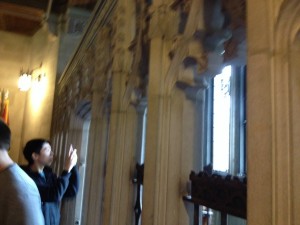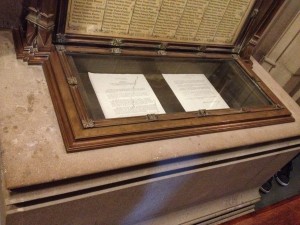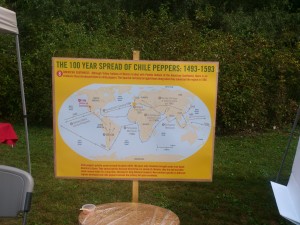While ‘Dope’ was semi-entertaining to watch, it epitomizes mindless “entertainment” characteristic of most commercial movies. Tom Cruise’s ‘Risky Business’ from over 30 years ago is a lot more entertaining as a comedy in this genre, and it has the advantage of not making a farce out of complex racial issues.
Malcolm, a black nerd who lives in a rough part of Los Angeles, is a straight-A student with hopes of going to Harvard. Malcolm’s guidance counselor is not so pleased with his college application essay, titled “A Research Thesis to Discover Ice Cube’s Good Day”. Instead, he suggests that Malcolm should write something personal about himself, his family, and his life. Malcolm is not so convinced. After all, writing the typical “I’m from a poor, crime filled neighborhood, raised by a single mother, don’t know my dad, blah blah” seems like a cliche to him. All fine and well so far. In what ensues as a long series of farcical scenarios, Malcolm unwittingly gets involved with drug dealers and possessing drugs, and ultimately ends up selling the drugs to make a small fortune and manages to alo blackmail his Harvard interviewer (who is part drug lord) to give him a glowing recommendation.
In his final application essay, Malcolm describes two students: Student A is a geek that hangs out with his friends and gets straight A’s, while Student B earns a lot of money in an unethical way. He asks “Which student do you think I am?”. He continues by adding all the reasons he should be accepted to Harvard, and ends with: “So why do I want to get into Harvard? If I was white would you even be asking me that question?”. And of course as is expected in a farce movie, he has a smile on his face after he opens the big envelope he receives from Harvard.
In real life, Student C, who is either (a) incarcerated or (b) murdered by the gangsters or the police (#blacklivesmatter), seems like a more likely outcome if someone supposedly as smart as Malcolm was enough of a dope to partake in any of the farcical scenarios depicted in ‘Dope’.
I ultimately have to agree with Robert Abele’s review in Los Angeles Times: “ ‘Dope’ is, in the end, just another unfunny grab bag of stereotypes. Don’t believe the hype. ”




